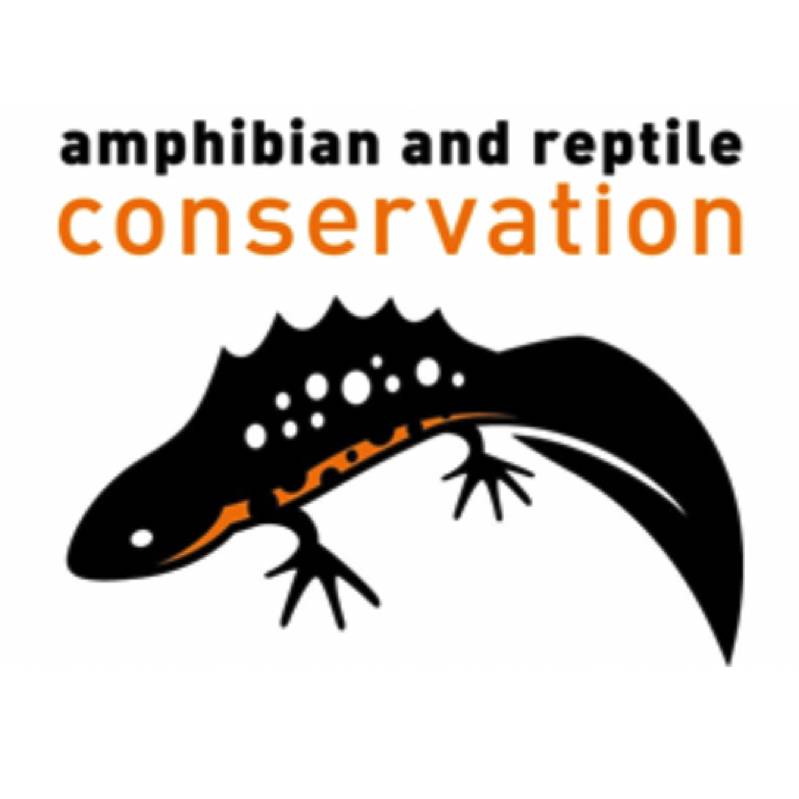Natterjack toads are one of the rarest amphibian species in the UK, limited to only around 60 sand dune, heathland and salt marsh sites. They are sensitive to a wide range of environmental pressures – including water pollution, habitat loss, spring droughts, and the overgrowth of dune vegetation has also impacted the natterjack’s sandy terrestrial habitat. It is the focus of special conservation efforts, including protection under UK and EU law.
Learn more about natterjack toads with our expert guide by Amphibian and Reptile Conservation (ARC):
What do natterjack toads look like?
Natterjack toads are distinctive, charismatic little animals. They have a thin yellow stripe down their back and because they have short legs, they walk rather than hop.
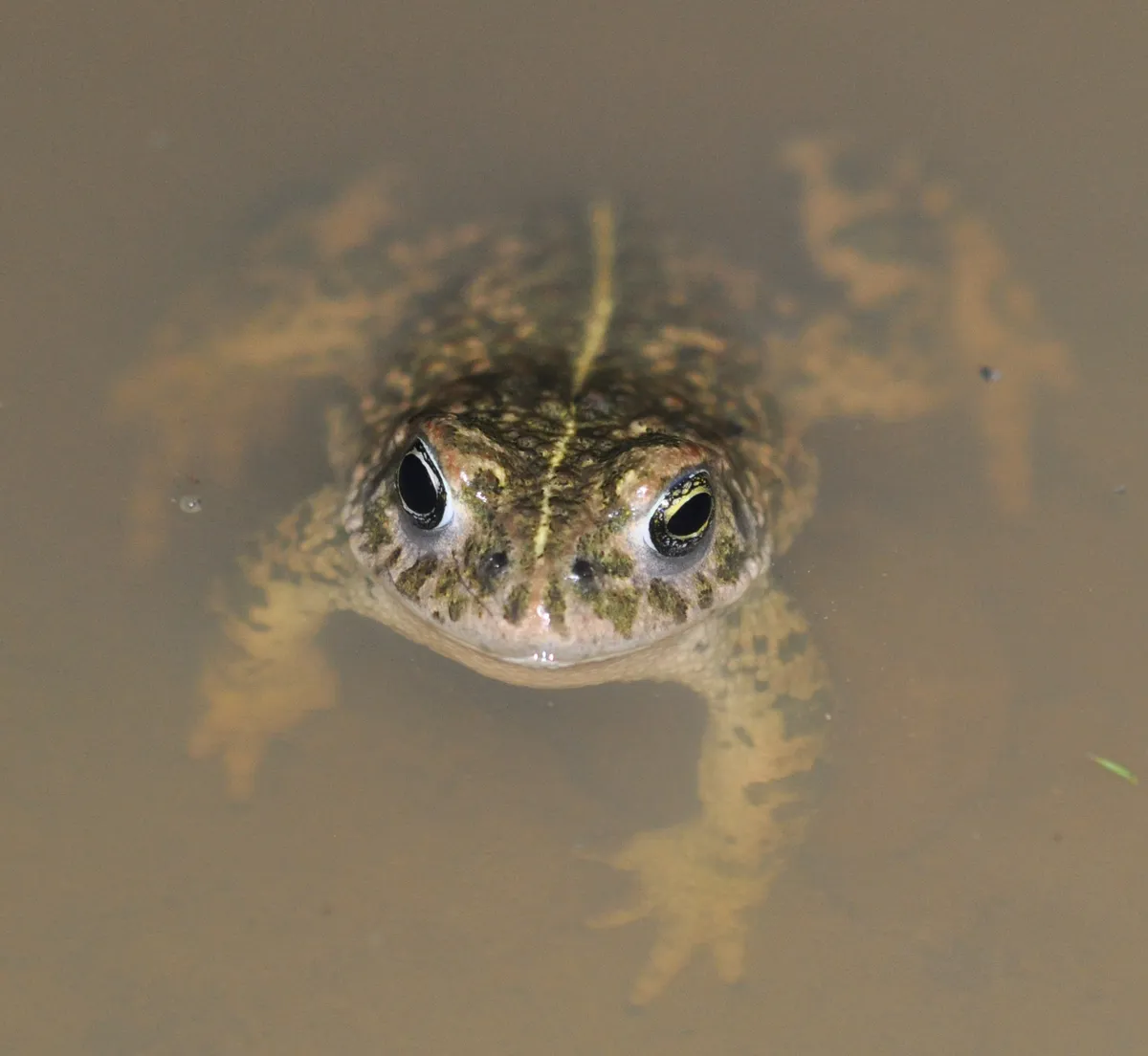
Natterjack toads are smaller than common toads.
Learn more about frogs and toads:
In the spring, male natterjack toads call to attract females – this rasping sound can be heard up to a mile away! Natterjack toads are the UK's loudest amphibian.
Please note that external videos may contain ads:
https://www.youtube.com/watch?v=O_lorvFz0Zs
Male natterjack toad calling in the Sefton sand dunes. © ARC
What is the scientific name of the natterjack toad?
The scientific name of the natterjack toad is Epidalea calamita.
They had previously been included in the Bufo genus as Bufo calamita. This is the same genus as the common toad, Bufo bufo.
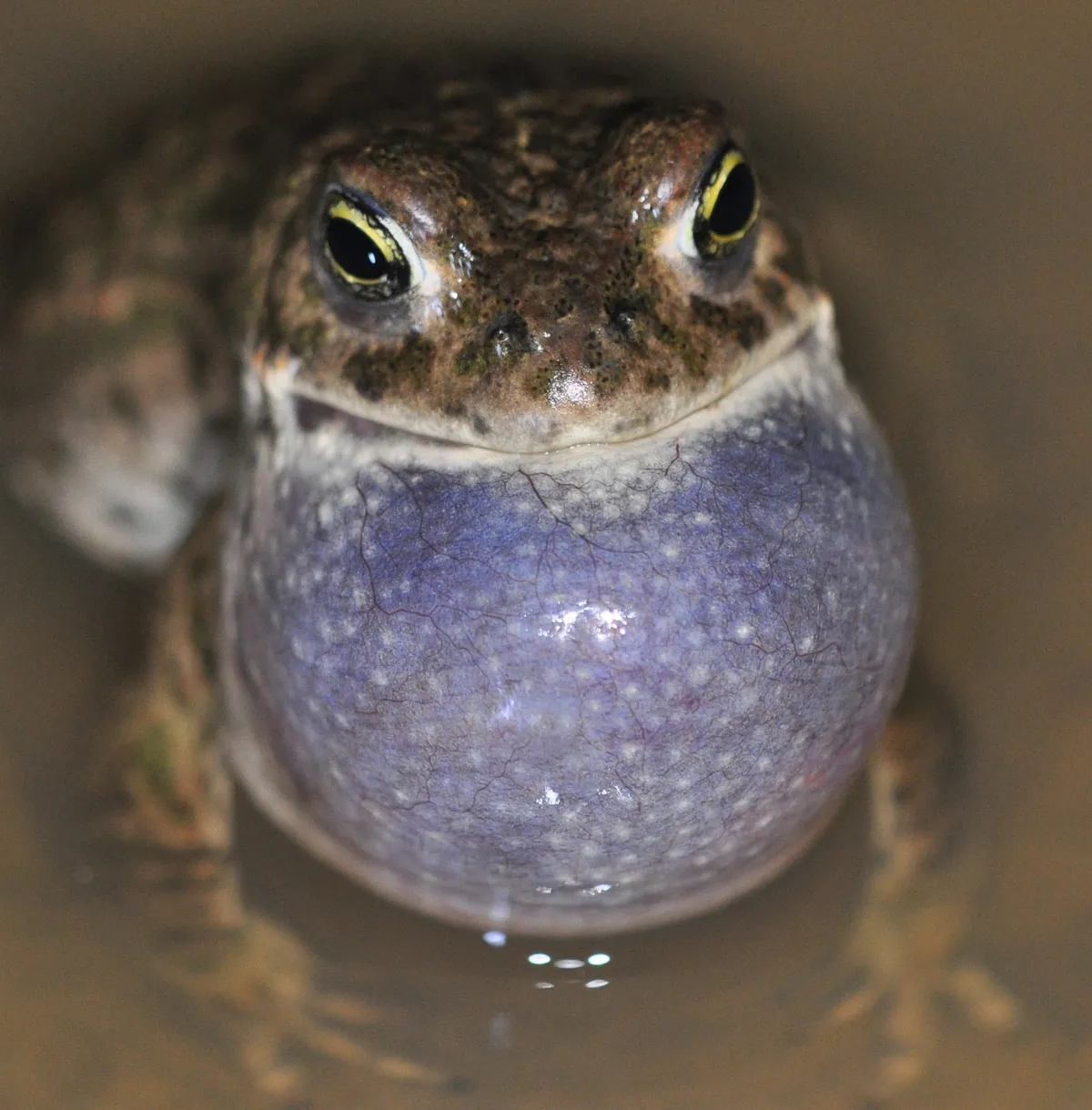
What does natterjack toad spawn look like?
Each female natterjack toad lays eggs as two "spawn strings", with the eggs often forming a single row in each string. The tadpoles are small and black. Common toads lay similar spawn but each string usually has two rows of eggs.
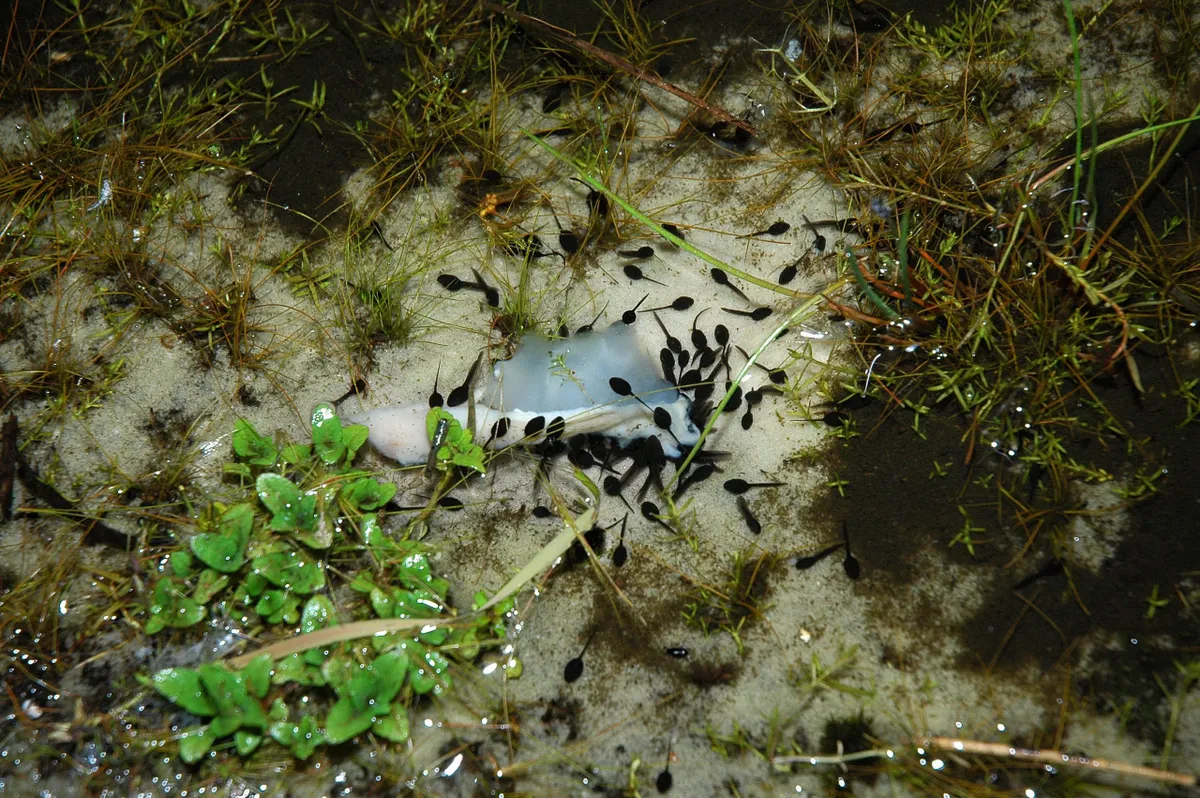
Where are natterjack toads found?
Sadly natterjack toads now exist at only around 60 sites across the UK, including sand dunes in East Anglia, north-west England, and the Solway Firth in Scotland, northwestern salt marshes, and on heathlands in Surrey and Hampshire.
Please note that external videos may contain ads:
Natterjack toad. © Jack Perks Photography
The Sefton Coast is one of the species’ few remaining strongholds. Britain’s largest natterjack toad colony lives on the Sefton Coast in sand-dunes. This colony has been monitored for 31 years during which time the population has fallen by about 70%.
Outside of the UK, natterjack toads are found across southern, western and northern Europe from Portugal and Spain, to Estonia, Latvia and Lithuania. They are listed as Least Concern on the IUCN Red List, with a declining population.
Please note that external videos may contain ads:
Natterjack toads in Siltere National Park, in Latvia.
What threats do natterjack toads face?
Natterjack toads are sensitive to environmental pressures – a thriving natterjack toad population is likely to indicate a healthy, well-functioning natural environment.
Water pollution, loss of habitat, changes in land management and land-use, competition from other species and climate change have all contributed to natterjack toad declines.
Spring droughts have become increasingly frequent, leading to premature desiccation of water-bodies and poor breeding success. Overgrowth of dune vegetation has also impacted the natterjack’s sandy terrestrial habitat.
Are natterjack toads protected?
The natterjack toad is one of the UK’s rarest amphibian species. It is the focus of special conservation efforts, including protection under UK and EU law, because during the last 100 years its populations have undergone severe decline.
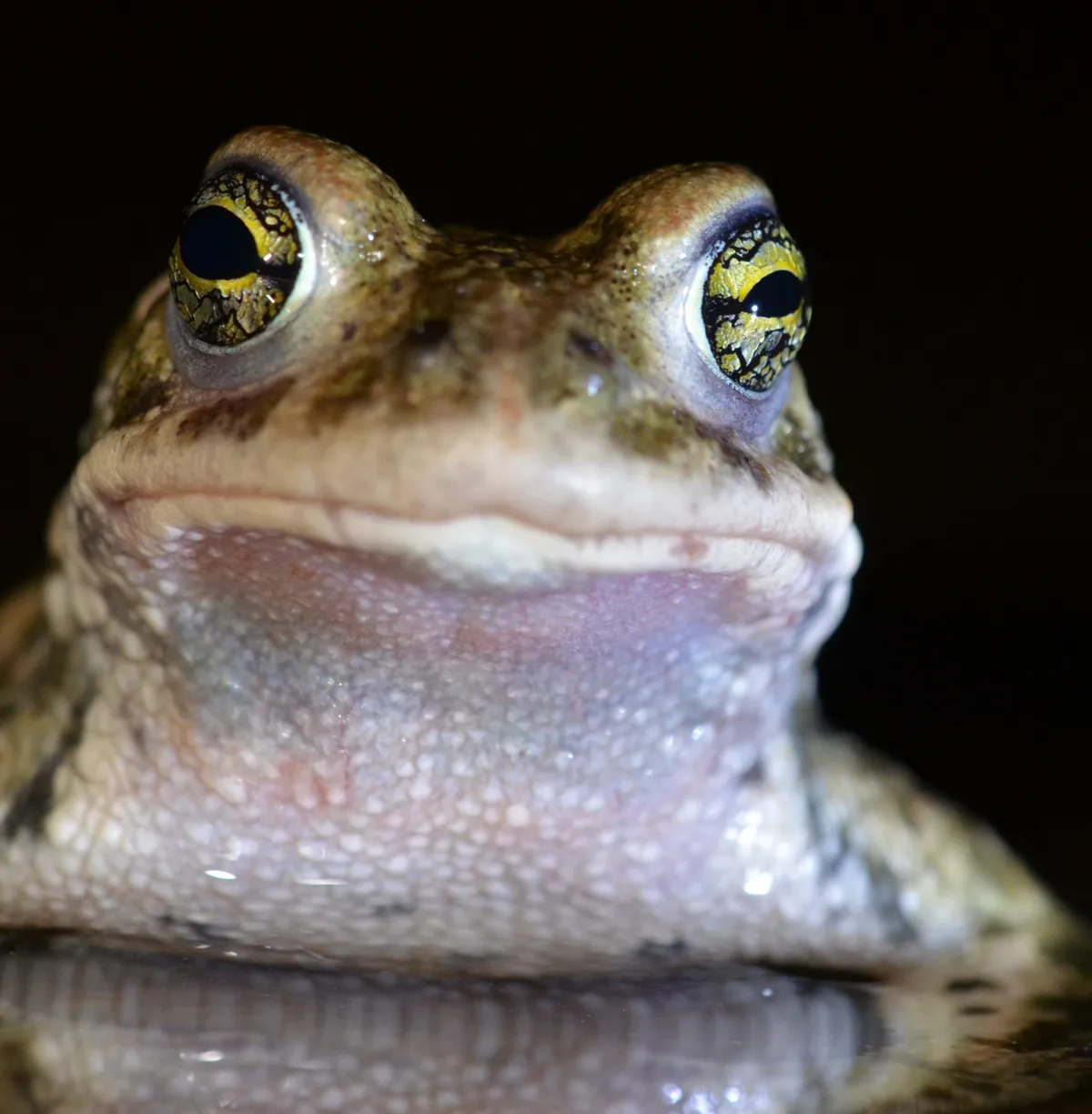
What's being done to help natterjack toads?
ARC provides advice to land managers, including the farming community to help them look after natterjack toad habitat. ARC also owns and manages more than 80 nature reserves, including some that are home to natterjack toads.
In addition to heathland management, ARC is helping natterjack toads by running a national natterjack toad survey programme using skilled volunteer surveyors to count spawn, tadpoles and toadlets and identify which ponds are important breeding sites.
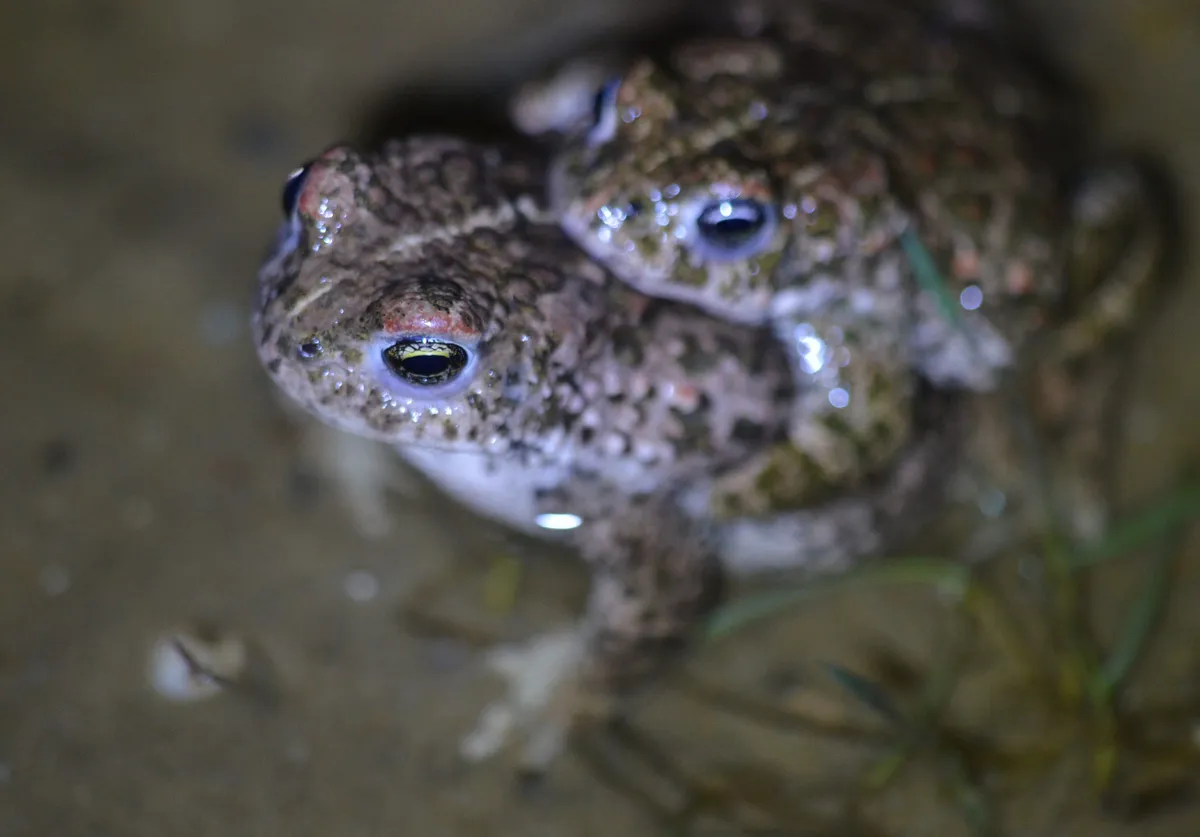
The Gems in the Dunes project, part of the Back from the Brink programme, has been working to secure the future for natterjack toads by managing local sand dune habitats along the Sefton Coast. Since the project started in July 2017, 36 volunteers have been involved in recording natterjacks at 75 pools.
A further 183 volunteers have been involved in habitat improvement works, removing scrub and digging out natterjack pools, benefiting not only the toads but other special species that share the same habitat, including the sand lizard, another protected animal, and rare plants and lichens.
Amphibian and Reptile Conservation Trust (ARC) is a wildlife charity committed to conserving amphibians and reptiles, and saving the disappearing habitats on which they depend.
Find out how to submit records of natterjack toads, how to volunteer on a natterjack toad survey, and how to manage habitats for natterjack toads, amphibians and other reptiles on the ARC website.
Main image: Natterjack toad. © Chris Dresh/ARC
